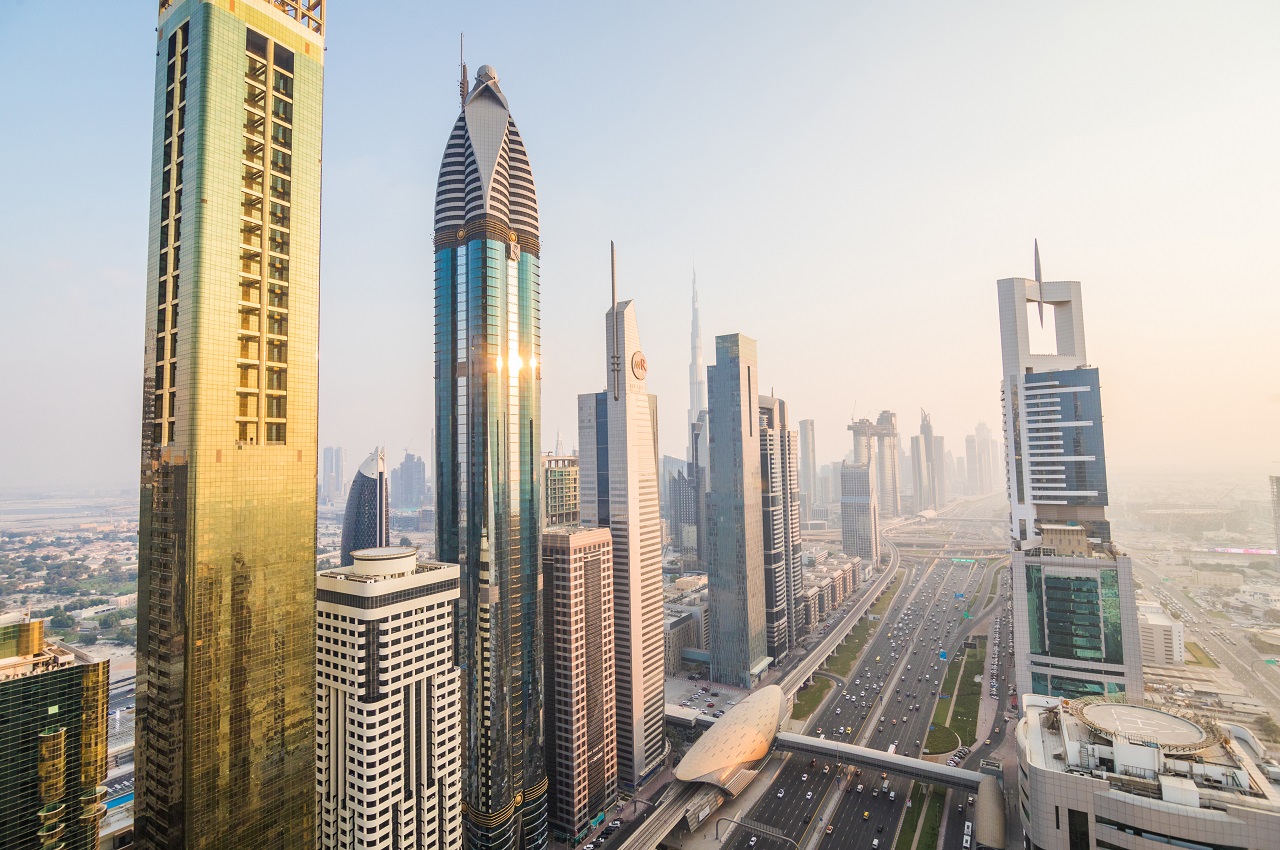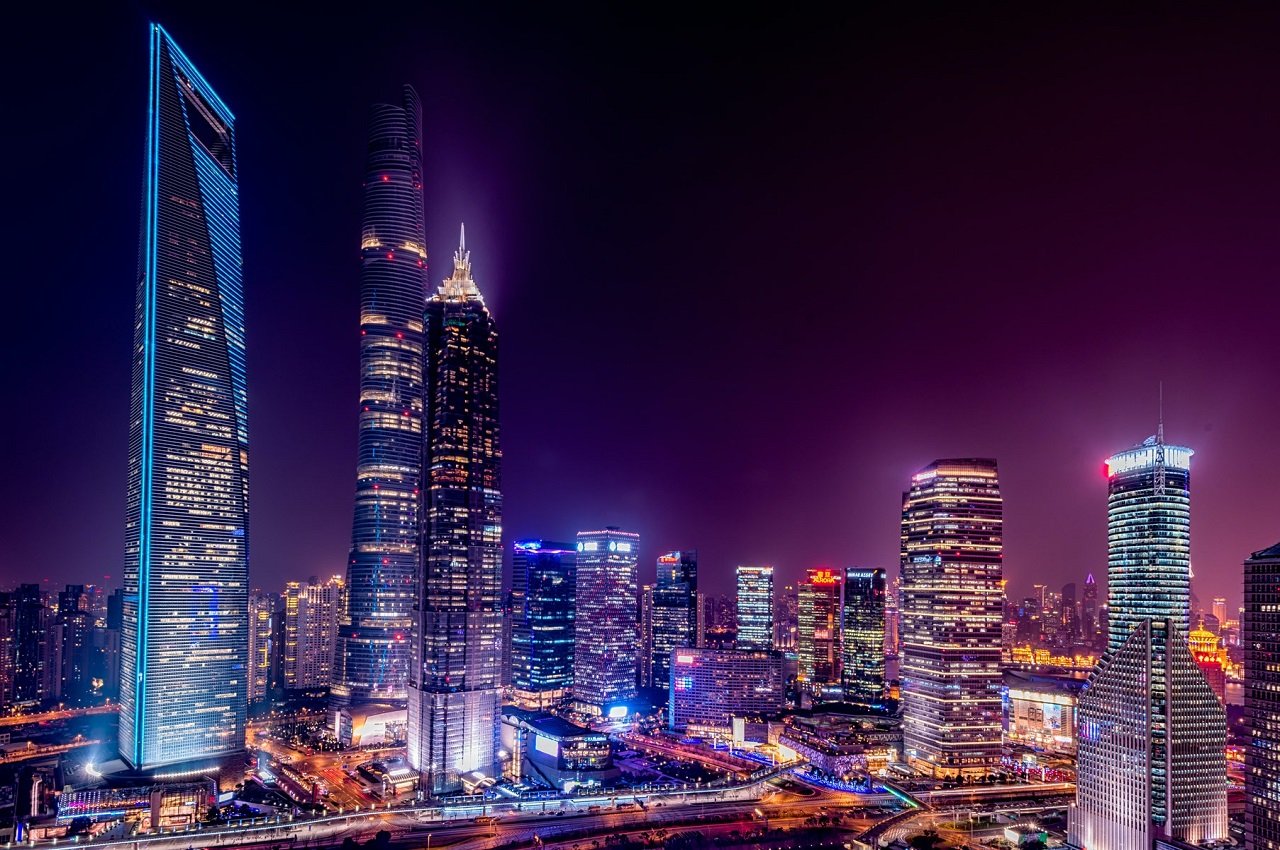Whenever you pass a tall building, do you crane your neck to see the top? I always feel a sense of achievement and magnificence when passing by a skyscraper, often heightened by a curiosity to venture inside.
But skyscrapers aren’t just showpieces meant to beautify a city. They have several practical purposes, not least of which is helping people live better lives. To know more, read my article on the importance of skyscrapers.
Why Do We Need Tall Buildings?

As you enter the office building on Monday, you might take a moment to feel the magnitude of standing among several tall buildings. These buildings seem to reach for the clouds, and often movies portray high rises as the realization of a person’s dream by panning the camera around the actor with modern skyscrapers in the background.
It not only refers to a dramatic turn in the character’s life – probably, a rags-to-riches story – but urban development has more importance than beautiful cinematography. You will see that most high-rise buildings, be they residential towers or office spaces, are clustered together because the location usually offers certain advantages.
1. Prosperity
Moreover, urban planners create tall buildings for rich and profitable companies to attract other similar organizations for a more synergistic approach. The city’s skyline reflects the prosperity and growth of the area because only the rich and powerful can afford the capital needed to live in the urban sprawl.
2. Available Land Resources
On a more practical level, the urban areas in dense cities must have firm ground for building skyscrapers. A prime example is the Empire State Building, built on the stable ground while there are no skyscrapers in Manhattan from City Hall to 23rd Street.
Advantages Of Skyscraper Construction
Here are some reasons why many cities have skyscrapers and the many benefits they might offer.
1. Environmental Impact
While many might feel it’s essential to reduce urban sprawl to promote eco-friendly living, compact business districts help people live with less. Building skyscrapers is one way of promoting sustainable living and reducing consumer waste.
2. White Space
Architects often leave neutral zones or white space to provide more breathing room for people, particularly when buildings are packed close to each other. In other words, smart space planning in skyscraper construction energizes occupants.
3. Views From Desirable Locations
What must it be like to view the world from above? Thanks to skyscrapers, you won’t have to imagine anymore as the architecture offers unhindered views from the top. Residents can relax with scenic views of the city after a tiring day, refreshing the mind and body.
4. Economic Importance
Skyscrapers provide a level playing field, helping uplift people troubled by financial and social inequality. Builders can accommodate and provide ownership to more people in skyscrapers to account for the housing shortage in a prohibitive rental market.
Are Skyscrapers The Future?
I remember a passage from the book of Genesis, “Come, let us build us a city and a tower with its top in the heavens…”
Whenever I think of this passage, I can’t help but feel that ever since the early decades, mankind felt cities could connect humanity. But it’s important to understand the relationship between supply and affordability to find a habitable place in a city.
Supply is directly linked to cost. For instance, if you find more homes in an area, the average cost is less, while lesser homes would mean the cost is high. But skyscrapers can house more residents in a home or office, reducing pressure on the rest of the city.
Restricting Development
The main point in favor of building new heights/skyscrapers in New York City, London, Paris, Beijing, or Mumbai is meeting the demand. With more restaurants and commercial towers being constructed in a city, many historical landowners have passed housing restrictions.
Take Manhattan, for instance. In 2000, there were 74% wealthier people in Manhattan’s historical districts than elsewhere. Moreover, 3/4th of adults in these districts had college degrees and asked the landmarks commission to ban tall construction nearby.
In other words, restrictions anywhere would drive up costs throughout a city, which skyscrapers can help control. This is because creating more homes helps manage rising demand and makes properties more affordable.
So, people can live comfortably in Chicago or New York more than they would if they bought land.
Energy Efficiency
Green skyscrapers are more energy efficient than traditional structures made of steel or timber. The Burj Khalifa in Dubai and Shanghai Tower are examples of tall buildings that have taken to eco-friendly practices to deliver greater benefits to most people.
Such buildings use one or more of the following techniques for commercial purposes without harming the environment.
- Rainwater harvesting
- Green-roofing system
- Using solar power
- Energy-efficient lighting
- Using renewable sources
- Locally derived and economically sustainable materials
- Insulating glasses
- Air-filtering system
- Cooling and heating systems run on gas
The Sky Terrace in Singapore is especially unique for developing an effective waste chute system present on every floor.
Are Skyscrapers More Affordable Than Homes?
I won’t deceive you by saying skyscrapers or offices in tall buildings are more affordable than a condo or house, but in certain instances, they might be. It all depends on the location because getting a home in Dallas, Atlanta, or Houston is cheaper than in New York or London.
The cost of building toward the sky is steep initially, but after the 7th floor, housing becomes more viable. This is because the cost is covered by building several apartments, which even accounts for architects’ fees and land costs.

Conclusion
So, what does this all mean? Is the London Shard and Burj Khalifa playing a greater economic role than you and I suspected?
It seems so, considering carbon emissions in big cities might be less than in the suburbs. And while land regulation is necessary, dense cities are more productive compared to the outskirts.
Moreover, life expectancy is 1.5 times higher in New York, and the fact that it offers well-paid jobs is the icing on the cake. In other words, new technologies combined with globalization, epitomized by skyscrapers, make urbanization more valuable.
It’s safe to say that skyscrapers promote greater interaction among people, helping them learn and grow skills for greater economic development.


